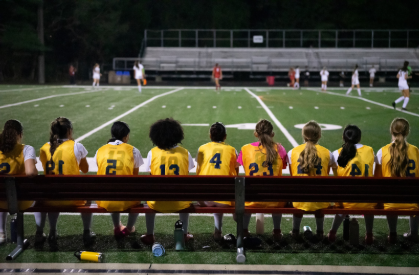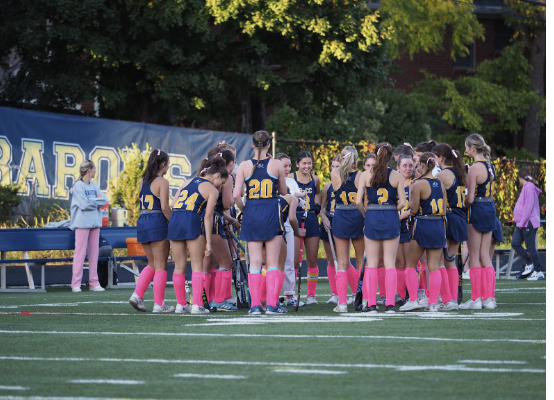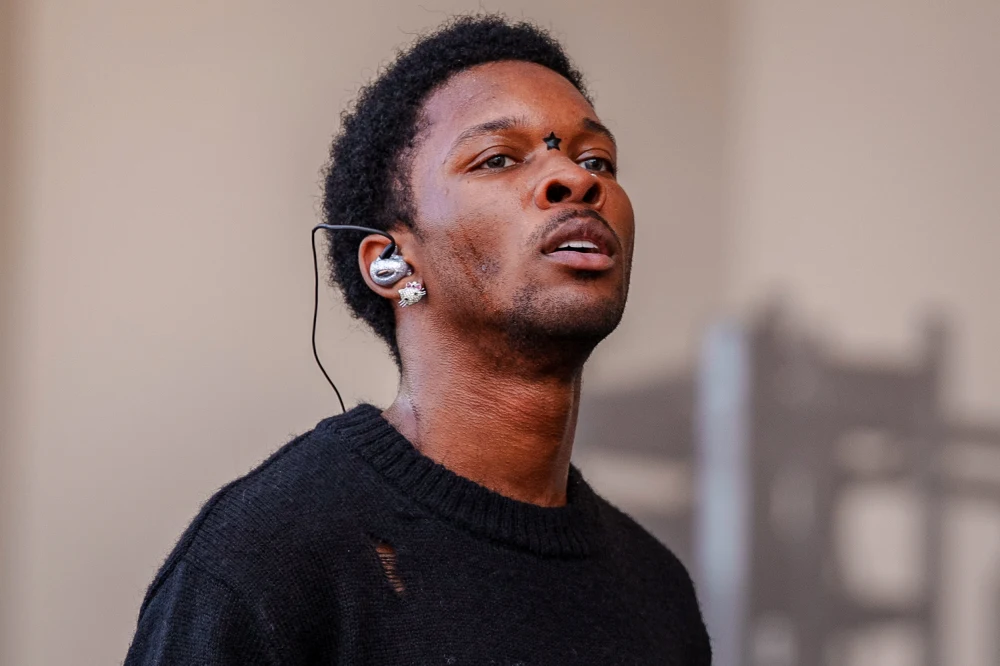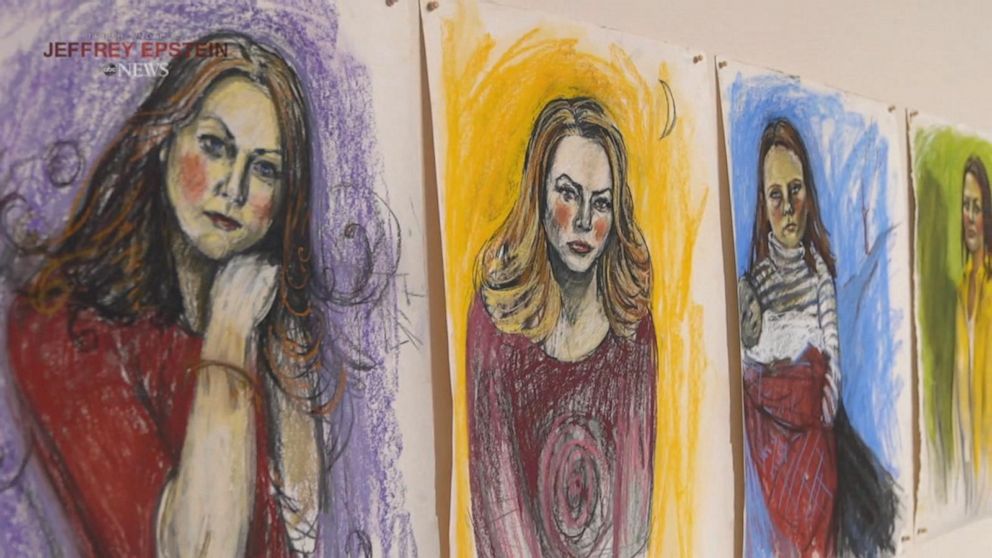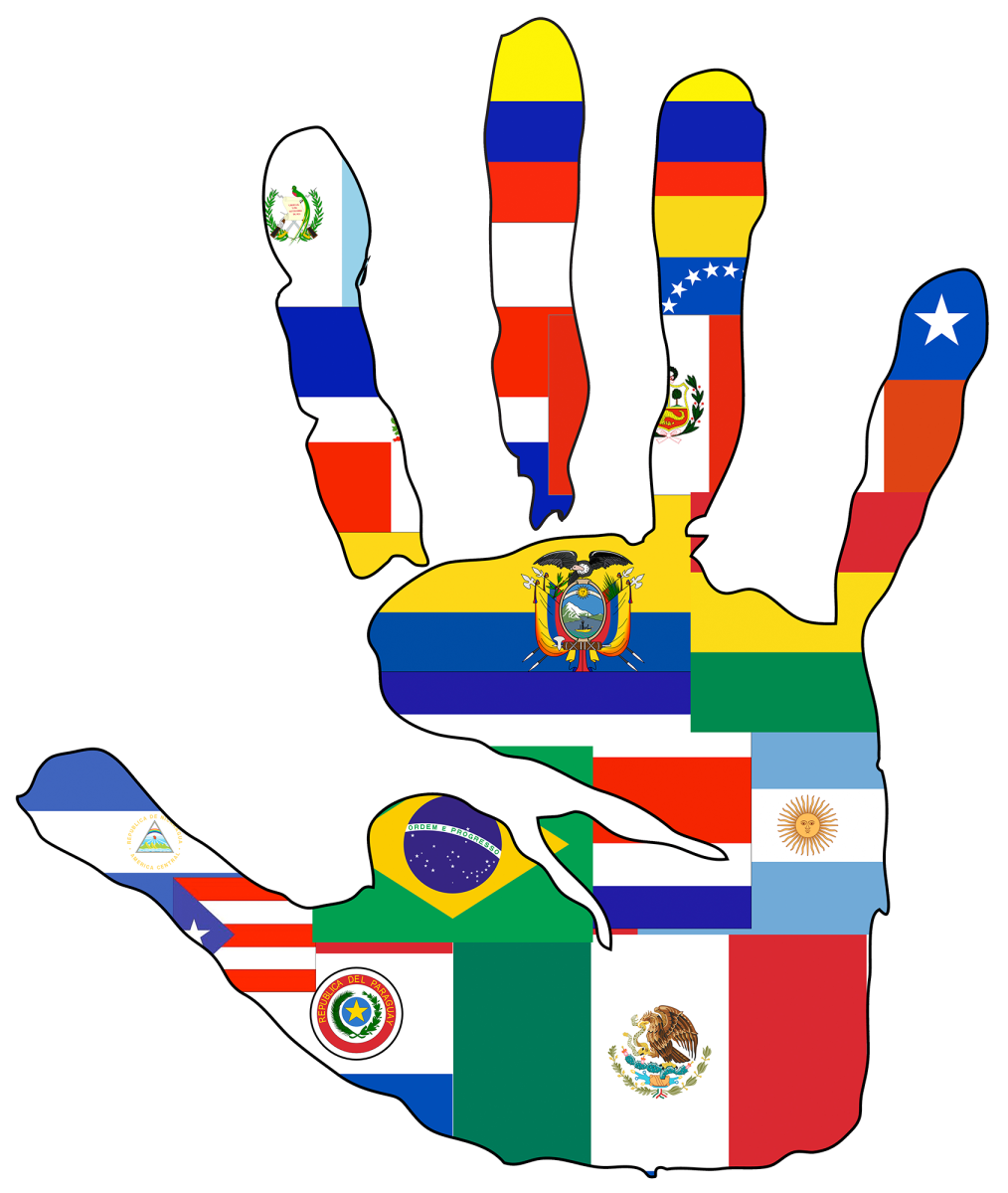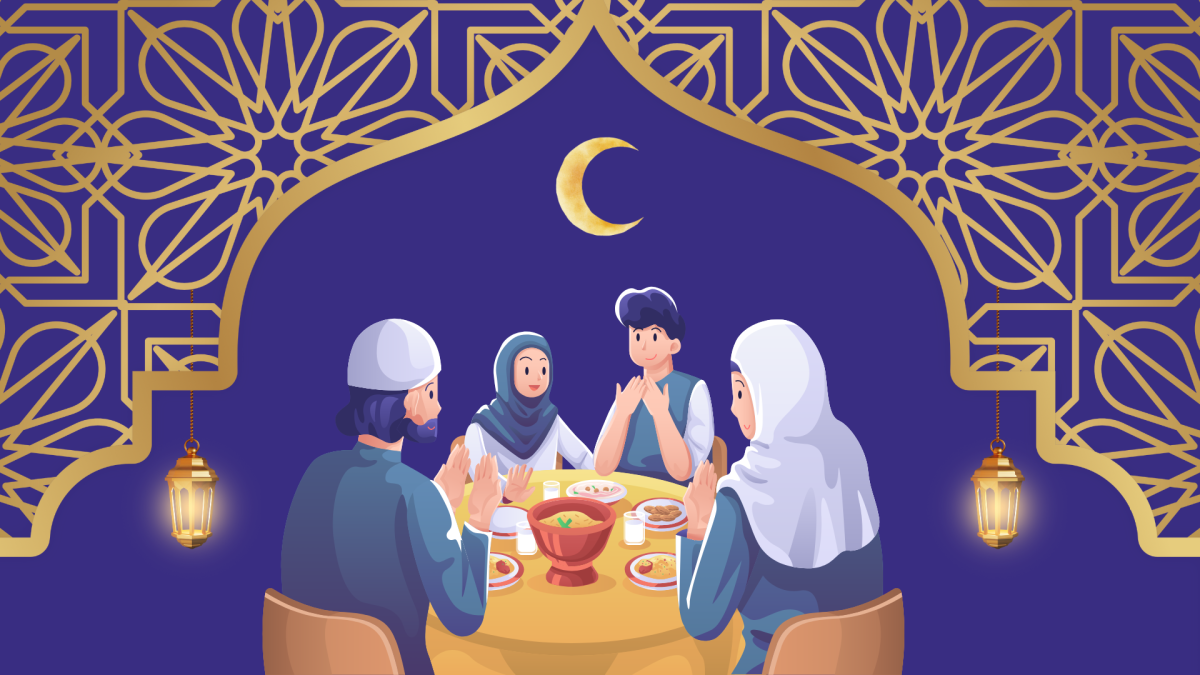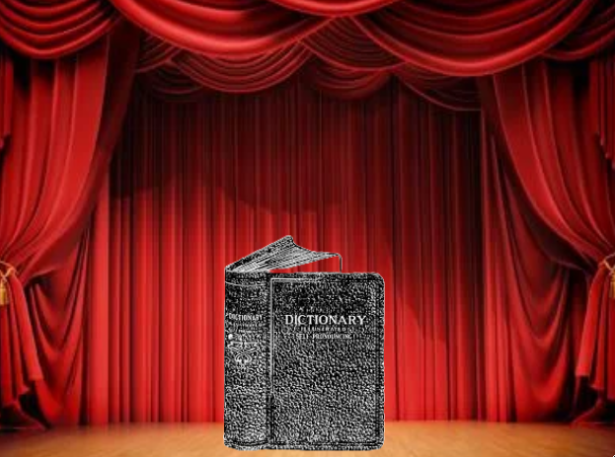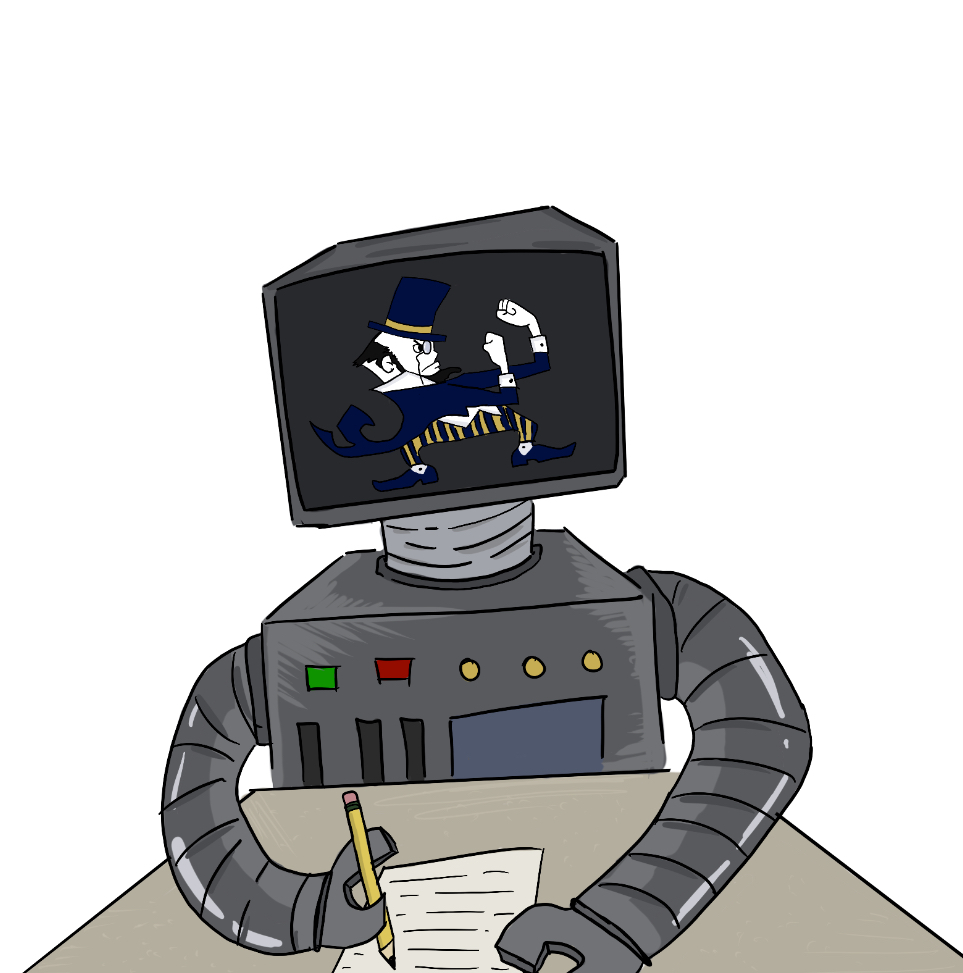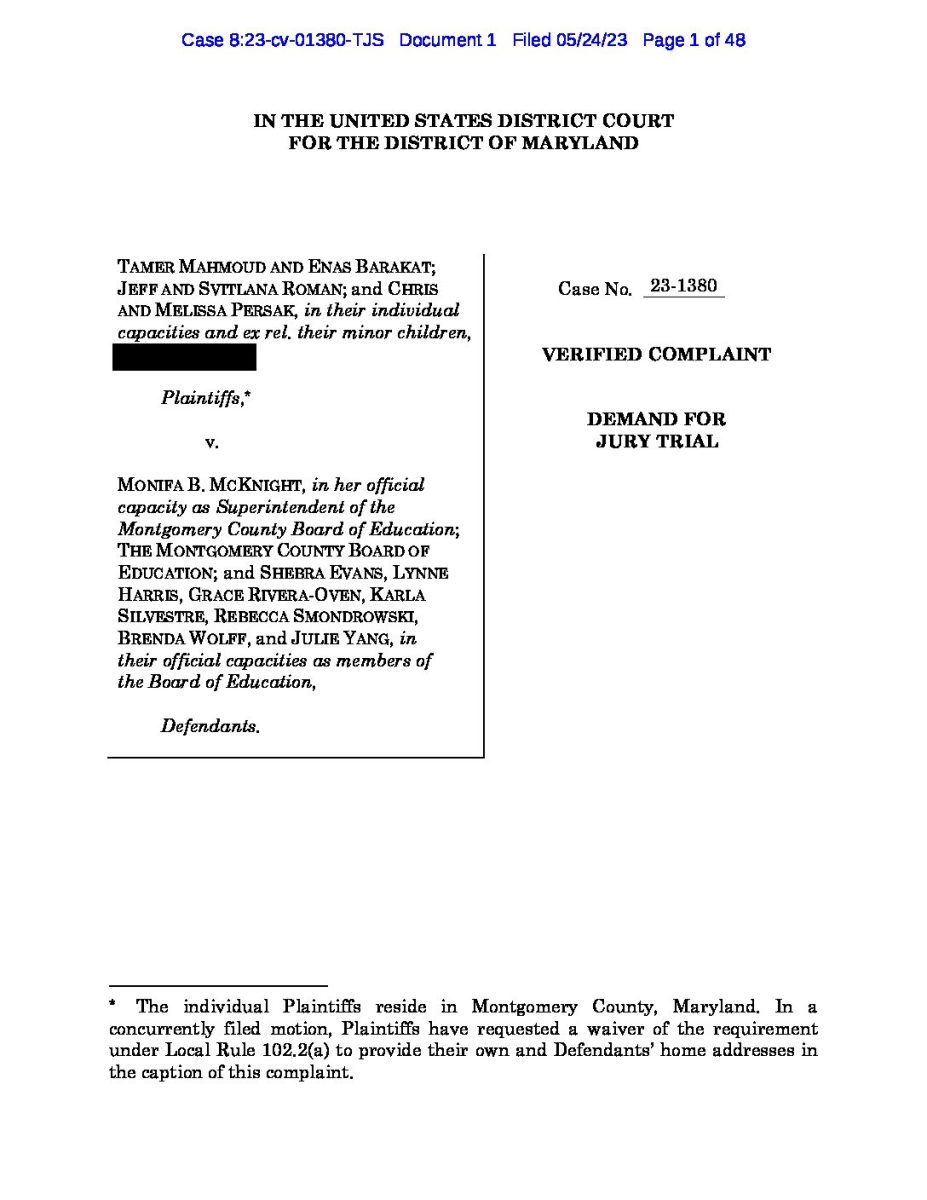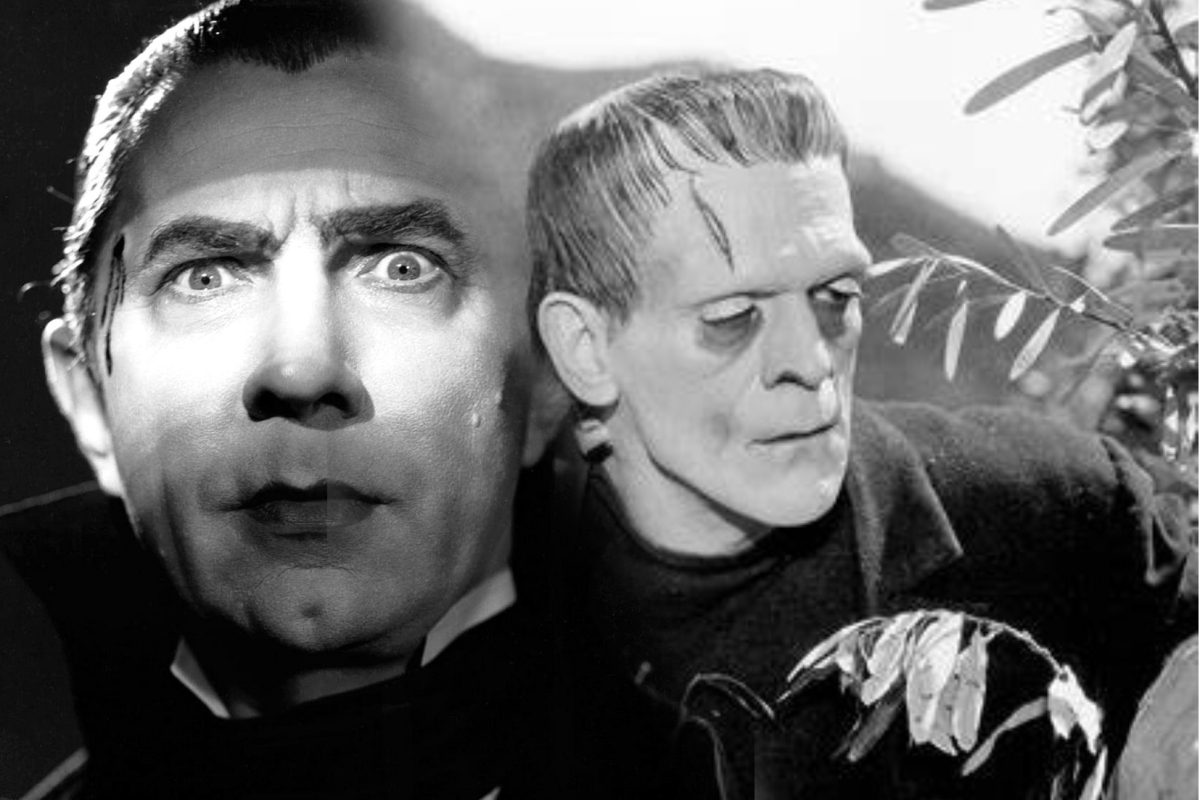Dracula, Frankenstein, and many more classics from both literature and cinema have had a massive influence on all things macabre and ghoulish. However, often, significant themes and elements are lost in translation. Bela Lugosi’s Count Dracula is entirely different from Adam Sandler’s, and one cannot compare the inhuman terror of the original Frankenstein’s Monster to Frankenfurter’s chiseled Rocky.
The classic 1887 novel, Dracula, by the enigmatic Irish author, Bram Stoker, is well-deserving of its honored place within both the horror genre and English literature, in general. Lacking one single protagonist and told through a variety of letters, journal entries, and newspaper clippings, the unique structure used by Stoker places the reader in the characters’ shoes, as revelations are made simultaneously to the characters and the reader.
The characters are definitely one of the best parts of the novel. Although there are some sexist and misogynistic statements, overall, the book has some surprisingly strong female characters. Mina, a friend of the cast and eventual wife of Jonathan Harker, is portrayed as highly intelligent and instrumental in the eventual defeat of Dracula. This intelligence, however, is credited to her having “the mind of a man,” so it is no feminist work. Meanwhile, the lovely Lucy has some polygamist tendencies and wonders why she cannot marry all three of the men interested in her. However, eventually, she is regaled to the status of a tragic damsel in distress. The rest of the characters are strong in their unique ways, except Count Dracula’s minions, of course, with each of them demonstrating a heartwarming care for each other. Addressing each other as “friends,” and weeping openly, the characters in the book’s alignment are fairly black and white, but I found this to be a breath of fresh air when compared to today’s complex anti-heroes and anti-villains.
Finally, the star of the show, Count Dracula is both intimidating and flawed, with his ancient intelligence and confidence ultimately being his downfall as he underestimates mortals and the power of friendship. His gothic horror is not to be downplayed, however, as he does have victories that result in inhuman transformations of innocent characters. Count Dracula is a legitimate threat to the main cast, but not so much that the ragtag group seems to be unable to ever achieve victory without extreme luck or a Deus Ex Machina.
Overall, I would say Dracula is the better of the two novels, and the way it has shaped horror makes complete sense once one has read the novel.
Another of the first horror and science fiction novels, Frankenstein or The Modern Prometheus, by Mary Shelley, has themes that resonated both with the original 1818 audience and a 2024 audience. The novel is similarly told in a unique style, with the point of view shifting from an Arctic explorer to the titular Victor Frankenstein, to his Monster. The tragedy of the Monster’s existence is underscored by the morality of creating more of these creatures, eventually culminating in Frankenstein dying and his Monster, in a sea of regret, vowing to destroy himself in a self-sacrifice.
The characters in Frankenstein are not as well remembered (besides the titular Frankenstein and his monster,) but the themes are the lasting legacy of the novel. The themes of playing God and not considering the consequences are even more important today than they were in the 19th century. Technology such as ChatGPT and “AI” in general could be viewed as modern Frankenstein’s monsters, so the ideas in Frankenstein are analogous to many of the philosophical debates of the 21st century.
Between the two, Frankenstein’s themes beat Dracula’s, but the horror aspect of Dracula is better. The two novels have quite different elements of horror, with Dracula exploring a more ancient evil, while Frankenstein explores the horror which may arise from modern technology and science. The two titular characters in the novels deserve their front-row seats in classic horror, and their modern interpretations continue to be creative and redefine the original ideas put forth over a century ago.






